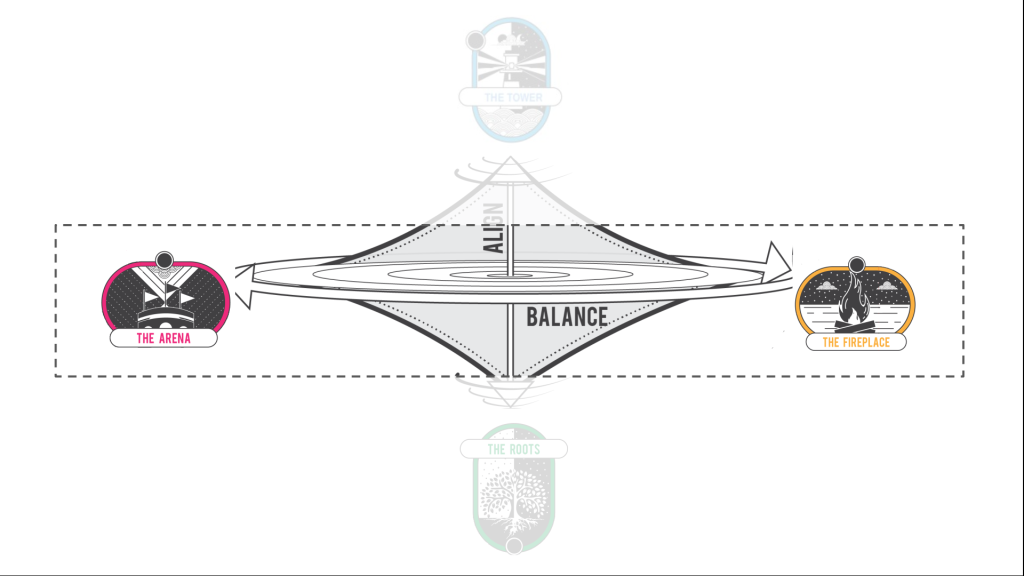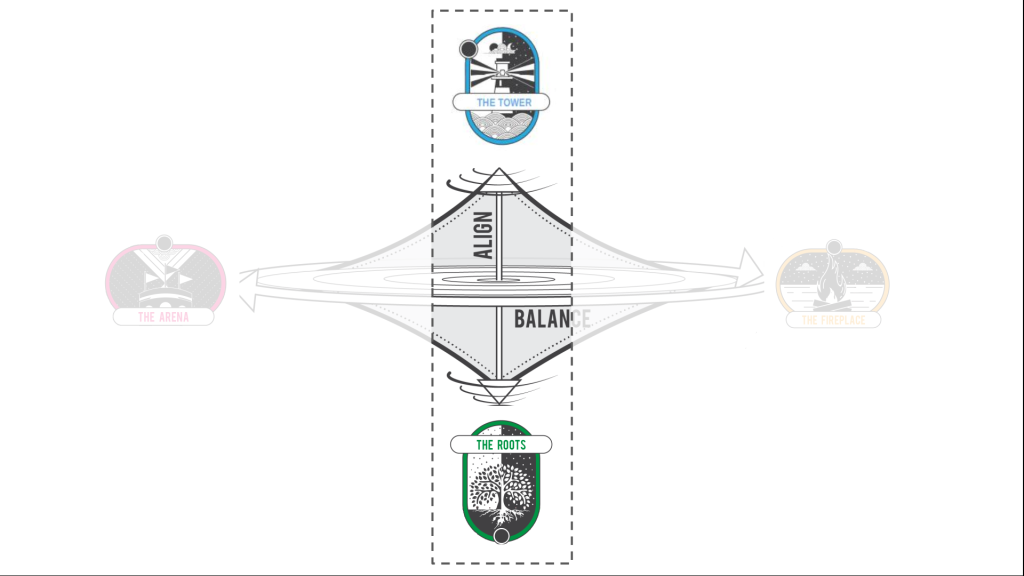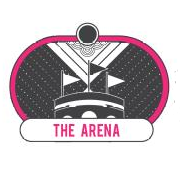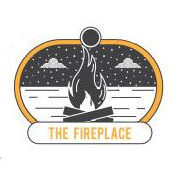Context: “Learning Like a Spinning Top” is one of about one hundred patterns in A Pattern Language For Emergent Learning. This pattern language is “The Method” section of my upcoming book: “Making our own university – Memoir, Manifesto, Method“.
I’ve been testing this pattern in various settings like The L&D Shakers Learning Fest. Here is the one minute summary:
L&D Shakers is a community of more than three thousand Learning and Development professionals who come together to learn from each other and advance their careers. I am interested to test this framework with L&D professionals that work in dynamic organizations because, to my mind, that is where looking at learning as an emerging process can be more fruitful than seeing it as a technocratic/bureaucratic process to be tightly controlled (by the L&D Team). I received encouraging feedback on the framework from the professionals that participated. Two significant echoes were:
- Lavinia Mehedintiu – the founder of Offbeat which is another great L&D Community – wrote a detailed article on the experience of organizing the Learning Fest. She noted: “Organizing the festival and learning about Traian’s model was such an energizing and insightful experience for me as a learner & as a learning designer that I wanted to share it with everyone! Also, the feeling was mutual for participants“. Lavinia quoted one of the participants saying that “most importantly, it was a great time to put some quality thinking into how we learn and can be impactful in our work“;
- Anamaria Dorgo – the founder of L&D Shakers – mentioned the framework in a podcast and asked me for an article that explains the model;
Therefore, here I am, writing a brief note on this pattern, as a preview for the upcoming book:
The spinning top framework

Context, Problem
You are:
- a learner who wants to engage creatively with her own learning journey;
- a learning designer/facilitator that co-creates a group learning experience;
- a learning architect that creates and/or nurtures a learning tribe/community.
You want to avoid re-creating schoolish experiences: scripted, rigid, artificial, separated from life and ultimately lifeless. Instead, you want to enable learning that is fluid, organic, explorative, spontaneous, unpredictable, beautifully entangled with life and ultimately alive. You sense that the vitality of a learning process is a product of a complexity that can’t be tightly managed with rigid goals, plans or a curriculum. At the same time, you recognize that the complexity of a context does not have to mean we face it with resignation to the role of spectator to chaos and victim of randomness. Powerful lively learning can be sparked and nurtured. So you ask: is there a practical way to be actively engaged with emergent learning – to spark it, to catalyze it, to orient it and to nurture it? Is there a way other than the lifeless scripted learning or the lively learning occurring spontaneously? You need a way to look at learning that honors its complexity and at the same time empowers you to make sense, organize your thoughts and observations and act.
Therefore,
Consider using the following metaphoric framework (a framework is a way to look at reality and is different from a model that is a representation of reality). Use it like a compass to orient yourself while designing your own learning journey, a learning experience for a group or a learning community. Treat it as a metaphorical definition of emergent learning to be used in practical settings.
When you design for “emergent learning” start by defining learning as an interplay of four ingredients, like a melody made of four notes or a painting made with four basic colors. In this case, we will call the four ingredients “cardinal points of emergent learning“:
The Arena is where the action happens – where we face something new or challenging that drives our learning.
The Fireplace is where we go to reflect by ourselves or with others on what we face in the Arena. Here we make sense of our reality and gain insights to improve our performance in The Arena.
The Roots is the space which we draw our growth and development energy from. We have roots both within ourselves and in our environment.
The Tower is where we set our intentions, our learning objectives, and where we go back when we need to gain clarity & an overview of our learning process.
Place these as cardinal points on a compass and replace the compass with the vertical section of a spinning top:

Each of these cardinal points of emergent learning has a different quality – suggested by its different color. In real-time the colors combine to the point of blending. There is seldom a pure Arena where we just act without reflecting at the same time. Our emotions are mixed with our thoughts, our planning is entangled with the fluidity of the environment. Think of a spinning top, in motion when the colors blend.

The four “ingredients” can exist in their pure form mostly in our minds. We use this conceptual toy to mentally slow down the process and take notice of its basic elements and two fundamental dynamics:

Balance
For our learning to have vitality, there needs to be balanced alternation between the action space (The Arena) and the reflection space (The Fireplace) – just like a spinning top needs to spin to stay in balance.

Alignment
When the spinning top loses momentum we grab it by the top and give it a new spin. We make sure that the spin and the vertical axis are perpendicular to the surface and the surface is suitable. Similarly, when our learning looses momentum, we give it another impulse (Tower – we set intentions and make plans) and we need to make sure that our plans and intentions are aligned with the context in which they land (The Roots). After we give it an impulse, we need to let go of control and let our learning (the movement of the spinning top) flow with the context (the surface) and be determined by it for a while. As it is for playing with a spinning top, we alternate between controlling and letting go and we try to align The Tower (top) and The Roots (bottom).
The dynamic balance of the spinning top is a metaphor for the vitality of learning – its capacity to generate growth, change and development. This vitality of is an emergent property of a system, the result of the interaction of the parts and not a sum of the properties of the parts taken separately. Control is but one part of this system. A designer of life and learning contexts can think of herself as the skillful hand that crafts a balanced spinning top designing each of the four cardinal points balanced and aligned. A learner/facilitator/community-builder can think of himself as the hand that gives the spinning impulse, chooses a surface and then lets go, allowing the environment to take over for a while and then refreshing the impulse again.
Ultimately, the vitality of learning is not so different from the vitality of life. Life is learning. Learning is aliveness. When we stop learning, we start dying – the spinning top must be kept spinning for us to live exciting individual and collective journeys of growth, transformation and becoming.
PS: look at this Miro Board or read Lavinia’s article to get a sense on how we used the framework in The Learning Fest.



